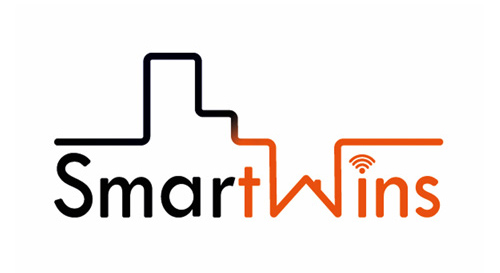How will digital twins enable to develop a smart, carbon-neutral built environment
Digital twin technology is an emerging concept in the built environment but it has the potential to revolutionise the way we design, build and operate buildings
An emerging concept in the built environment
Digital twin technology is an emerging concept in the built environment but it has the potential to revolutionise the way we design, build and operate buildings. A digital twin is a virtual replica of a physical building created using sensors, data analytics and machine learning algorithms. This technology enables building owners and operators to optimise energy efficiency, reduce carbon emissions and improve the indoor environment by providing a wide range of information about a building’s performance.
The building sector is responsible for a significant share of global carbon emissions
The building and construction sector accounted for around 37% of global energy and process-related CO2 emissions in 2021, and improving the energy efficiency of buildings is essential to achieving a smart and carbon-neutral built environment. Digital twin technology can help achieve this by providing real-time data on energy consumption, allowing building owners and operators to identify areas of inefficiency and to optimise building systems.
What is the difference between BIM and digital twin?
Digital twin technology is different from Building Information Modelling (BIM). Both are digital models of a building but differ in their purpose. BIM is a 3D modelling process commonly used in the construction industry to design buildings and coordinate different teams during the construction process. It is not designed for real-time operational response. Digital twin technology, on the other hand, is designed for buildings that are occupied and used on a daily basis, generating data from new devices such as the IoT. The digital twin is for the ongoing performance of a building once construction is complete. While BIM is useful during the design and construction phase of a building, digital twin technology focuses on optimising a building’s energy efficiency and on improving its indoor environmental quality throughout its lifecycle.
Digital twins allow to simulate scenarios and evaluate building’s performance
One of the key benefits of digital twin technology is that it allows building owners and operators to simulate different scenarios and evaluate how they affect the building’s performance. For example, building owners can use digital twin technology to simulate the impact of different building materials, HVAC systems or lighting configurations. This allows them to identify the most energy-efficient solutions and optimise building performance.
Digital twin enables improving operational efficiency and indoor environment
Digital twin technology also enables building owners and operators to monitor and manage the entire lifecycle of a building, from design and construction to operation and maintenance. This can help reduce costs and improve the efficiency of building management. For example, digital twin technology can be used to optimise maintenance schedules, identify potential equipment failures before they occur, and monitor the performance of building systems in real time.
In addition, communication and collaboration between the various stakeholders involved in the building lifecycle can be improved using digital twin technology. By providing a common platform for data sharing and collaboration, digital twin technology can help reduce errors, improve efficiency and ensure that everyone is working towards the same goals. However, standardisation will be an issue that needs to be addressed.
Digital twin technology can also be used to improve the indoor environment of buildings. The sensors used to create the digital twin can collect data on temperature, humidity, air quality and lighting levels, among other things. This data can be used to optimise building systems and improve indoor environmental quality, an essential component of occupant health and wellbeing.
Shaping a more sustainable built environment
Digital twin technology for the built environment is still in its development stage and has the potential to transform the way we design, build and operate buildings. It provides real-time data on building performance, enabling building owners and operators to optimise energy efficiency, improve indoor environmental quality and reduce costs. As the demand for sustainable buildings increases in response to climate change, digital twin technology will play an increasingly important role in the design, construction and operation of buildings that meet the needs of both humanity and the world we inhabit.
Learn more about how the SmartWins project aims to provide KTU with the know-how required to develop digital twins for the built environment.
